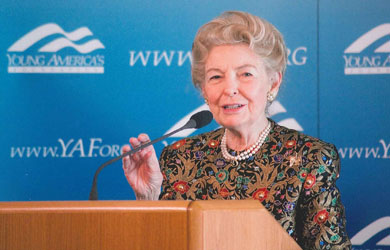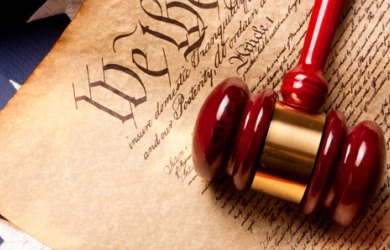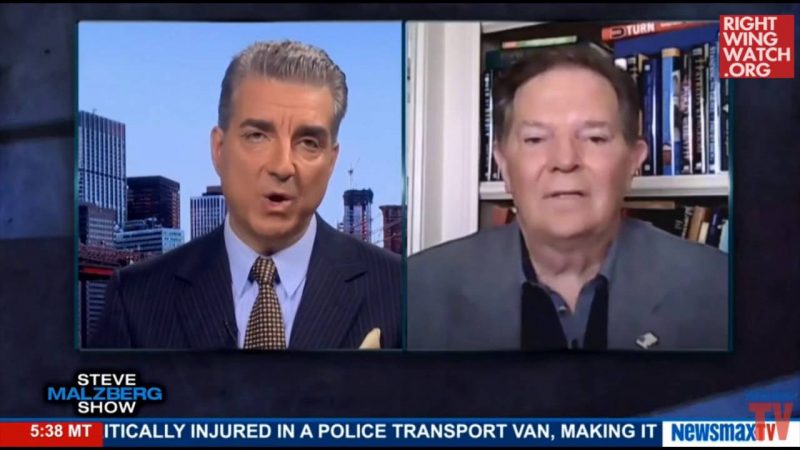Ed Whelan has a piece in the latest edition of The National Review that has been posted on the Ethics and Public Policy Center website in which he hails the “appointments of Chief Justice John Roberts and Justice Samuel Alito as two of [President Bush’s] best decisions” before launching into the by-now standard Republican complaint that Bush’s judicial nominees faced unprecedented obstruction at the hands of Democrats:
President Bush’s record on lower-court appointments is much more mixed. Let’s begin with the numbers. Bush appointed 62 judges to the federal courts of appeals. That’s even fewer than the 65 that President Clinton appointed, amidst bitter Democratic complaints and media buzz about a confirmation slowdown by Senate Republicans. Bush’s total also includes three of Clinton’s unsuccessful nominees whom Bush renominated — two in 2001 in unrequited gestures of goodwill, and one in 2008 as part of a Sixth Circuit deal. The numbers for the federal district courts are even worse: 261 Bush appointees versus 305 Clinton appointees. The Bush numbers are all the more disappointing as Republicans controlled the Senate for more than half of the Bush presidency, whereas Clinton enjoyed Democratic control for only two of his eight years.
Back in October, I tried to debunk this sort of misleading comparison by noting that one cannot accurately compare confirmation rates by simply citing the total number of judges confirmed – rather, one must compare the overall percentage of nominees confirmed to get an accurate comparison; and by that measure, President Bush’s nominees fared better than did President Clinton’s. But since this claims keeps popping up, I suppose I should re-post my last explanation … and considering that there do not appear to have not been any new nominations or confirmations since I first wrote it, the numbers are still accurate:
According to CRS, President Reagan put forth a total of 423 District and Circuit Court nominees and saw 375 of them confirmed; a confirmation rate of 88%. President Clinton, by contrast, put forth more nominees and had fewer confirmed: 372 of 488, for a confirmation rate of 76%.
In comparison, according to the White House’s own figures cited in the Washington Post article above, “324 of 376 federal court nominees have been confirmed during Bush’s tenure.” That gives him a confirmation rate of 86%, well above President Clinton’s confirmation rate. In fact, for Bush to lower his confirmation rate to match that of Clinton, he’d have to nominate another 50 or so judges before he leaves office in a few months.
Despite relying on the use of raw confirmation totals instead of the more accurate confirmation rates, Whelan deserves credit for using correct figures and overall having a solid understanding of the issue. Sadly, the same cannot be said for the Texas Eagle Forum which, as the Texas Freedom Network notes, has jumped into the fray regarding the selection of the next Speaker of the Texas House of Representatives by likening those who are not supporting their preferred right-wing choice to the senators who “stifled President Bush’s court appointments”:
Remember how the “gang of 12″ US Senators stifled President Bush’s court appointments? This type of renegade politics is now being practiced by a “gang of 11″ TX State Representatives concerning the election of the next Speaker of the House.
Do you remember the “Gang of 12”? I sure don’t … though I do remember the “Gang of 14.” It seems to me that if you are trying to rile up your supporters by likening current events to one of the Right’s bitterest memories, the least you can do is be sure to get the name right.








